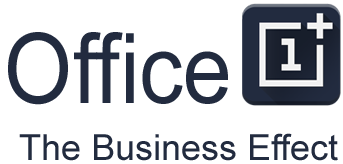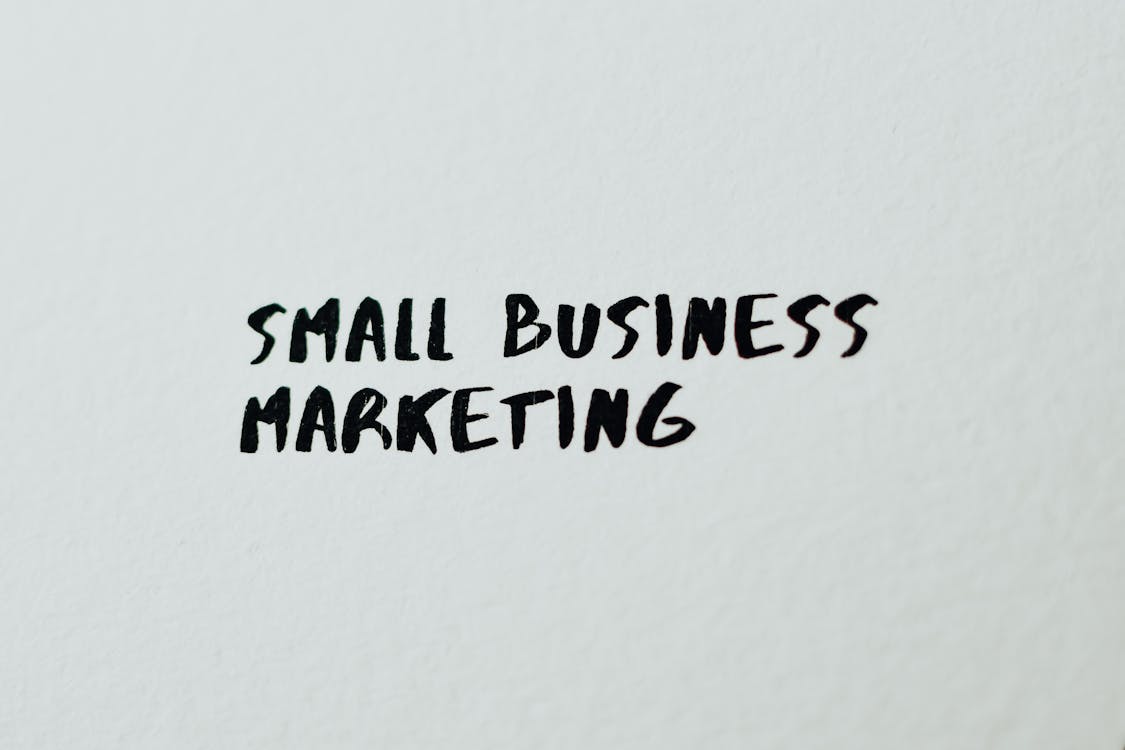Marketing your small business is vital for establishing and maintaining brand reputation, effective customer engagement, increasing sales, and developing relationships between business and customers. It helps build brand recognition while fostering healthy competition among companies.
Marketing materials can help successfully market a small business. However, they should be catchy, have great photos to help potential customers visualize your products, and have a creative copy that informs, educates, and inspires your target audience to learn more about your business.
Your marketing materials’ theme should be common and have solid branding, including the company logo, colors, tone, fonts, and graphics style expressed via the copy. They should also have helpful information, clear direction, and positive proof. You need the right tools to market your small business and leverage the associated benefits effectively. Here are seven key materials for marketing small businesses.
Table of Contents
1. Stickers
Stickers are a great marketing resource for small businesses. Since most companies have turned to the Internet for marketing campaigns, it has become overcrowded with advertisements, making it difficult for small businesses to cut through. Stickers can help your small business stand out offline, increasing exposure. They’re an affordable marketing technique, making them a perfect choice for small businesses with limited resources.
Stickers, including back print, hydro flask, screen-print, transfer, kiss cut, clear, die cut, and holographic stickers, allow creativity. This means you can customize their design, shape, and more while keeping branding in mind. With stickers, you can help other marketing campaigns. For instance, you can place your business’s social media or website link on the sticker to help your audience take note of it. Sticker marketing makes it easy for your small business to share its details while opening up co-branding opportunities.
2. Business cards
Creatively-designed business cards are an excellent way to introduce your small business to prospects, making them an effective yet ingenious marketing tool. They’re personal, professional, fun, and expressive. While almost everyone gives out business cards as a form of business etiquette, you can make yours stand out by transforming them into an effective marketing tool.
Before sending out your cards for printing, add testimonials to boost credibility, make the cards multi-functional, include links to digital marketing, add your photo, mention the causes your business supports, give special offers for the cards to have a greater impact, and provide a challenge to the recipients.
You should also track their conversion rates, use a beautiful design to boost their recall value, and keep them simple. Use quality materials to promote your brand’s reputation when making business cards. To bring sales through your business cards Lawyer SEO, include a powerful call-to-action (CTA). The cards should also capture what your business stands for.
3. Brochures
Brochures are a versatile and successful marketing tool for all small businesses. They’re a durable and affordable medium for informing customers and prospects about your business, what it does and why, and how your service or product can benefit them. Brochures are quite flexible when it comes to messages, meaning you can craft short and lengthy messages depending on what you want your audience to know. They’re great for promoting small businesses because they’re easy to distribute, can be personalized to meet your needs and requirements, and excellent for building and communicating your brand.
With brochures, you can add authority and credibility to your business and use them for direct mail campaigns. To maximize your brochure marketing efforts, identify your audience, create effective marketing content, and be creative with your design. For the best results with brochures, small businesses can create a sales brochure to sell a product or service, a corporate brochure for brand awareness, or an informational brochure to teach a concept.
4. Logos
Logos are a vital marketing puzzle piece that small businesses can use to pass a particular message to their target audience. While they’re like small ads for your business, they’re a standard for many companies and also expected. A great business logo provides your business with instant service, product, or brand recognition. A well-built logo depicts growth and professionalism. The logo can be used on your business website, stationery, advertising, and business cards.
A good logo should have a topography representing your business values, a wise choice of colors based on your target market and industry, and a simple iconic element. For instance, a visual element can add interest to your logo and make it more memorable.
5. Postcards
Marketing your small business using postcards is an economical way to boost traffic to your digital or physical storefront, create brand awareness, and increase sales. Additionally, they instantly capture the recipient’s attention. To succeed in the postcard market, filter your mailing list by location, gender, and other criteria to find your niche audience. Once you establish your target market, choose an attractive postcard design, including color contrast, bright images, and a catchy logo.
Use both sides of your cards to ensure the recipients get the messages regardless of the side they see first. Add a CTA on each side. Ensure meaningful and consistent messaging. And since your objective is to create brand awareness and attract customers, avoid direct sale pitches. Leverage promotional handouts, invitations, thank you cards, and newsletters to effectively use postcards for business growth.
6. Website
A website is an essential brand element that boosts your business’s credibility and builds its online presence while making your brand look professional. For your digital marketing efforts to succeed, you must have a website. The website plays a vital role in online marketing, including promoting content marketing, search engine optimization, and social media, PPC, and email marketing. A good website should be well-built and functional, optimized for mobile, easy to use, have readily accessible location and contact, fresh and quality content, clear CTAs, and be optimized for SEO.
7. Email newsletter
A newsletter is an email you periodically send to your audience to inform them about the latest updates, tips, and news concerning your services or products. It’s a powerful digital marketing tool as it lets you communicate with your prospects and clients directly in a personalized manner by delivering relevant promotions and valuable content to their inboxes. Email newsletters are an excellent marketing tool and, when done correctly, can help accelerate business growth.
Endnote
Marketing your small business using the right materials increases brand awareness, builds credibility and trust, increases sales, and boosts your bottom line. Consider leveraging these materials to market your small business.

